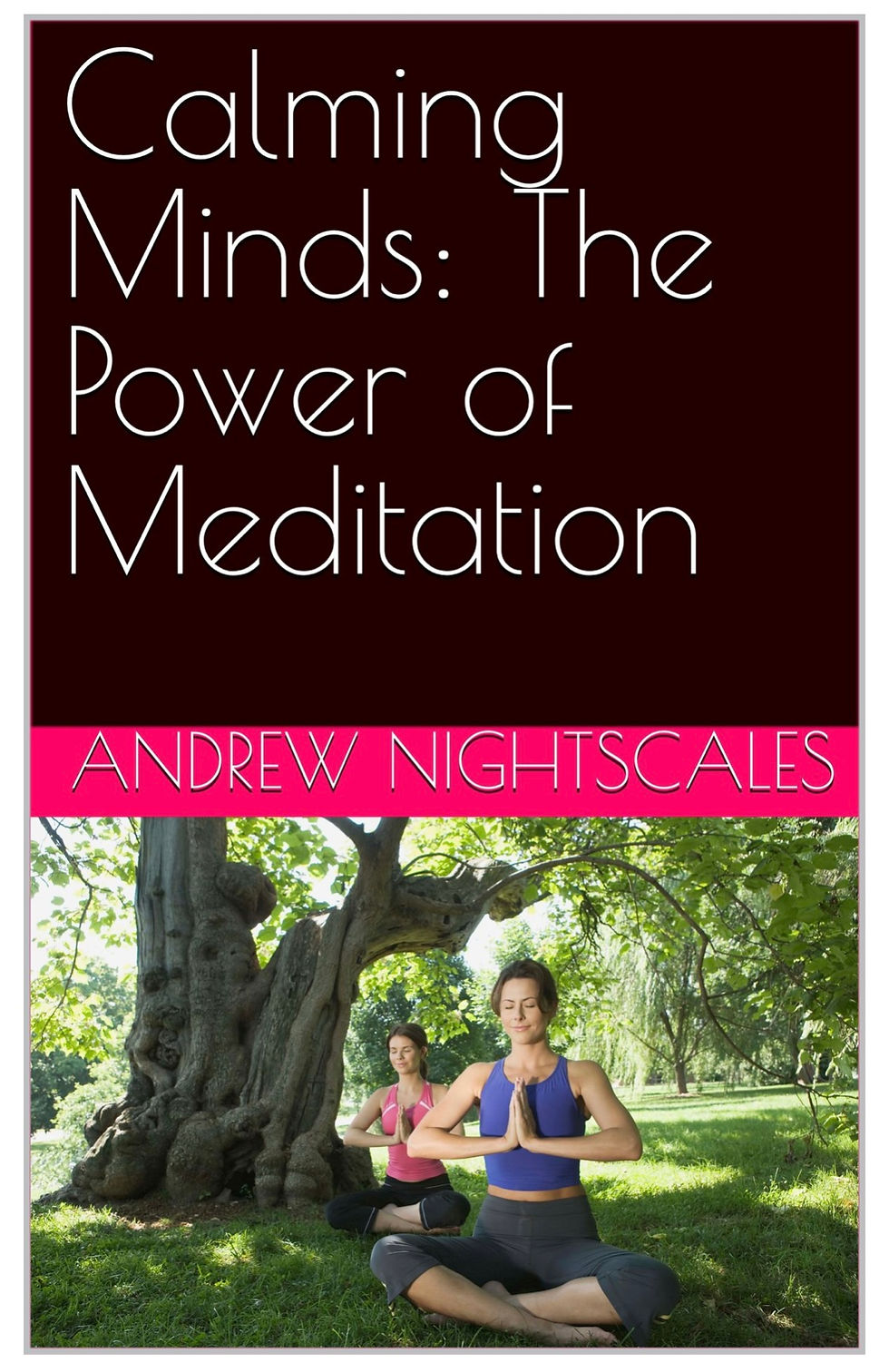Uncovering the Power of Family Rituals: Strengthening Bonds Through Mindfulness
- Andrew Nightscales
- Feb 23
- 4 min read
In today’s fast-paced world, it's easy to lose sight of meaningful connections with family. Mindfulness rituals can act as anchors, helping family members to connect deeply and authentically. Engaging in mindful practices together not only fosters strong relationships but also cultivates a sense of unity among family members.
The Importance of Family Rituals
Family rituals serve as structured activities that bring family members together. These can be as simple as a weekly game night or as elaborate as holiday traditions passed down through generations. Engaging in these rituals is vital, as they help reinforce family identity. Research has shown that families who practice regular rituals report a 30% increase in feelings of closeness and support.
Integrating mindfulness into these rituals enhances both connection and emotional well-being. Mindfulness encourages individuals to focus on the present moment without judgment, leading family members to fully engage with one another. This creates an environment where openness and vulnerability thrive, essential elements for strong familial bonds.
Mindfulness Rituals to Strengthen Family Bonds
1. Family Gratitude Circle
Establishing a weekly gratitude ritual can be transformative. Designate a day where everyone gathers in a comfortable space to share what they are grateful for. This can range from significant accomplishments to small daily joys, like a sunny day or a favorite meal. Studies indicate that regular gratitude practices can boost overall happiness levels by up to 25%.
This practice provides family members with the opportunity to reflect on both individual and collective experiences, fostering a deep sense of belonging and support.
2. Mindful Meal Times
Transforming meal times into mindful rituals can improve family dynamics. Instead of racing through dinner, involve everyone in preparing the meal. Discuss the ingredients’ nutritional benefits and share personal anecdotes related to family recipes.
When at the table, take a moment of silence to appreciate the food. Focus on the flavors, textures, and smells present. This practice not only nurtures healthier eating habits but also encourages meaningful conversations. Research has found that families who eat together regularly are 30% more likely to have children who perform better academically and socially.
3. Nature Walks
Designate time for family nature walks, a refreshing way to bond and practice mindfulness. Choose a local park or nature trail, and engage your senses as you walk. Encourage everyone to notice the sound of rustling leaves, the colors of flowers, or the feel of the cool breeze.
During these walks, invite family members to share their thoughts and feelings. This relaxed setting allows for open dialogues and trust-building, strengthening emotional connections.
4. Meditation or Yoga Sessions
Starting a family meditation or yoga routine can significantly enhance shared bonds. Choose a specific time for a short session at home. Utilize guided meditations or simple yoga exercises available online suitable for the whole family.
Encouraging focus on breathing helps everyone let go of distractions. This shared experience leads to discussions about individual feelings and insights, enriching relationships and nurturing a sense of community.
5. Creative Expression
Set aside time for family art projects to explore creativity together. Activities can include painting, crafting, or writing. Encourage mindful engagement in the process, allowing each family member to express emotions through their art.
Afterward, dedicate time to share the meaning behind each piece. This not only allows for emotional open-ups but also reinforces connections, as family members learn more about each other’s perspectives.
6. Evening Reflections
Creating an evening reflection ritual promotes togetherness and closure at the end of the day. Gather for a few minutes each night to share highlights or challenges families faced that day. This practice fosters an atmosphere of gratitude and support, enabling constructive discussions around resolving conflicts.
Establishing these reflections can reduce family tensions and allow everyone to feel heard and valued.
Benefits of Practicing Mindfulness Rituals
Integrating mindfulness rituals into family life brings numerous benefits. Enhanced communication is one of the most significant advantages, with open dialogues reducing misunderstandings. Family members learn to express their feelings and thoughts more clearly, which can lower conflict rates by as much as 40%.
Moreover, participating in these rituals encourages emotional regulation. Families that engage in mindfulness regularly report a notable decrease in stress levels, allowing them to respond to challenges more resiliently. Studies show that mindfulness can lead to a 20% improvement in emotional well-being in families.
Finally, creating lasting memories through meaningful experiences strengthens family bonds. Mindfulness rituals generate cherished moments that family members will carry with them, reinforcing a foundation of love and connection.
Nurturing Family Connections
Family mindfulness rituals are effective tools for enhancing relationships. By dedicating time to engage in practices that promote presence and connection, families can break away from the distractions of modern life and develop deeper bonds. Whether through gratitude circles, mindful meals, or nature walks, these shared moments pave the way for lasting connections.
Encourage your family to embark on this journey of mindfulness together. Observe as your relationships grow stronger, more resilient, and rich in love. Understanding the importance of these rituals is the first step in nurturing the connections that truly matter. Embrace the power of family mindfulness rituals, and watch transformation unfold within your home.


Comments